CHFA Homebuyer Mortgage First-Time Homebuyer Assistance Programs
CHFA Homebuyer Mortgage: Your Roadmap to an Affordable Connecticut Home
Dreaming of your own front porch in New Haven, a condo in Stamford, or perhaps a cozy ranch near Mystic? The CHFA Homebuyer Mortgage might be the key that finally unlocks the door. Connecticut’s flagship program for first-time buyers offers below-market rates, down-payment assistance, and guidance that turns complex financing into a clear, step-by-step process.
In this guide, we’ll unravel the mechanics of the CHFA Homebuyer Mortgage—who qualifies, how much you can borrow, and the hidden perks that many applicants overlook. Whether you’re comparing programs or just starting to budget, keep reading: the insights below could shave thousands off your long-term housing costs.
What Is the CHFA Homebuyer Mortgage?
Administered by the Connecticut Housing Finance Authority (CHFA), this mortgage program is tailored for first-time purchasers or those who haven’t owned a primary residence in the last three years. Instead of relying on one bank’s terms, CHFA pools its bond proceeds to provide below-market fixed rates, often 0.25–0.50 percentage points lower than conventional loans issued the same day. On a $300,000 mortgage, that seemingly small spread could translate to $45–$75 in monthly savings—enough for a weekly grocery run or a streaming subscription plus dinner.
- Rate advantage: Fixed interest, typically below conventional offerings.
- Down-payment assistance: 0% second mortgage up to the required minimum, easing the cash hurdle.
- Education requirement: Online or in-person class so borrowers step in prepared—not panicked.
- Servicing support: CHFA keeps servicing in-house, so if issues arise you’re calling Hartford, not another continent.
From 2019 through 2023, CHFA financed roughly 3,500 households annually, according to its public bond disclosures. Behind every statistic sits a story—like the Larssons from Meriden, who shaved 0.4% off their quoted bank rate and funneled the saved $62 a month into a college fund for their toddler twins. Micro-wins, macro-impact.
How Do I Qualify for a CHFA Loan?
Eligibility centers on three pillars: first-time status, income limits, and property price caps. Here’s the quick-scan version:
- First-time buyer definition: no ownership interest in a primary residence during the past 36 months. Exceptions exist for targeted urban areas such as Bridgeport or Waterbury. Even seasoned owners can qualify there.
- Household income: Must fall below CHFA’s county-based ceilings. For example, a two-person household in Fairfield County currently tops out near $131,900, while the threshold in Windham County sits closer to $88,800.
- Purchase price: Capped, again by county. Expect a maximum around $506,000 in Fairfield and $356,000 in most eastern counties.
Lenders also overlay standard underwriting: stable employment, acceptable debt-to-income ratios (DTI usually ≤ 45%), and sufficient credit history. Nail those metrics and your path forward looks bright.
What Credit Score Is Needed for the CHFA Homebuyer Mortgage?
CHFA itself does not publish a hard score floor, but its partner lenders generally require a FICO of 620–640+ for conventional or government-backed variants. That’s mildly more flexible than many big-box banks, which often draw the line at 660.
Tip: A 700+ score locks in the best rate tier, yet an applicant at 635 is far from shut out. Focus on lowering credit card utilization under 30%, remedying any medical-debt errors, and continuing to pay every bill on time for six months prior to application. Even a 20-point bump could make the difference between approval and “come back later.”
Fast Credit-Boost Checklist
- Request free reports via AnnualCreditReport.com and dispute inaccuracies.
- Keep balances low after statement closing dates (timing matters).
- Avoid new hard inquiries thirty days pre-approval.
Remember: A stronger profile not only opens the door to the CHFA first-time buyer loan, it slashes private mortgage insurance costs—double win.
How Much Down Payment Do I Need With a CHFA Mortgage?
Great news for cash-strapped renters: the standard down payment is as little as 3% for conventional or 3.5% for FHA. Even better, CHFA’s Down Payment Assistance Program (DAP) can fund that entire amount as a 0% interest second mortgage, repayable over 30 years.
Picture this: You’re buying a $280,000 starter and need $9,800 down. Instead of draining savings, CHFA fronts it. Your monthly DAP payment? Roughly $27—less than one tank of gas. Underwrite this with the lost-latte method and you’re golden.
Core Benefits That Often Fly Under the Radar
1. Stable Servicing—No Surprise Transfers
Unlike many lenders who flip servicing rights faster than pancake shops turn tables, CHFA retains or closely oversees loan servicing. Translation? Consistent statements, localized customer care, and fewer bureaucratic hops when you need answers.
2. Tax Relief Potential
Certain borrowers may stack the CHFA Mortgage Credit Certificate (MCC) atop their primary loan, siphoning up to 30% of annual mortgage interest straight off federal taxes (subject to caps). That’s not a deduction—it’s a credit. Imagine cutting a $6,000 interest bill into a $1,800 tax reduction, cash you could redirect toward principal curtailment or a weekend getaway.
3. Subsidized Interest Rate for Veterans
Qualified veterans often receive an extra 0.125% rate discount. Small decimals, big compound savings.
4. Energy-Efficient Properties Welcome
Going green? CHFA recognizes certain efficiency upgrades—like solar PV or heat pumps—when calculating payment ratios, allowing a slightly higher DTI. Eco-friendly and wallet-friendly don’t have to clash.
A Micro-Story: From Lease to Keys in 94 Days
Andrea, a 28-year-old teacher in Torrington, earned $58,200 and worried her student loans would derail homeownership until a colleague whispered, “Try CHFA.” She attended the required three-hour homebuyer class—skeptical, iced coffee in hand. Ninety-four days later she closed on a two-bedroom cape with a 5.00% fixed rate (the market sat at 5.40%). Her monthly payment beat her previous rent by $136, proving that sometimes the staircase to owning a home is shorter than it looks—it just hides behind jargon.
Is the CHFA Homebuyer Mortgage Only for First-Time Buyers?
Mostly, yes—but with an intriguing twist. If the property is located in a CHFA-designated “target area,” the program waives the first-time requirement entirely. Target areas are census tracts identified for revitalization, offering broader access to repeat homeowners who wish to plant roots there.
So, if you sold a condo two years ago and now crave a single-family in downtown New Britain—a target tract—you might still qualify. Always verify tract codes with your lender or CHFA’s interactive map before making an offer.
The takeaway? The CHFA mortgage program flexes to encourage neighborhood growth, not just first-time milestones.
Step-by-Step Application Timeline
- Find a CHFA-approved lender. The authority lists 70+ banks and credit unions on its website.
- Complete pre-approval. Provide pay stubs, W-2s, bank statements, and a credit pull.
- Take the homebuyer education class. Cost runs $50–$99, typically refunded at closing.
- Write an offer. Include contract addendum noting CHFA financing for seller clarity.
- Underwriting & appraisal. Standard 30–45 day window.
- CHFA review. Your lender uploads the file; CHFA signs off within ~5 business days, faster if all docs match.
- Clear to close. Bring ID and certified funds; walk out with keys.
Internal CHFA dashboards (obtained through a 2024 FOIA request) reveal that 84% of CHFA borrowers in 2023 were under age 40, underscoring the program’s pivotal role in bridging generational wealth gaps.
Current Interest Rates and How to Monitor Them
CHFA posts daily rates around 11 a.m. ET. Over the last 12 months, its 30-year fixed averaged 5.32%, roughly 0.38% below Freddie Mac’s statewide benchmark. Industry watchers suggest that every 0.25% rate move changes purchasing power by about 3%. If your budget ceiling is $350,000 at 5.50%, a drop to 5.25% might stretch you to $360,500—room for that extra bedroom or upgraded kitchen counters.
Pro tip: Lock as soon as your offer is accepted; CHFA allows a 60-day lock, longer than many commercial lenders’ 30- to 45-day windows.
Frequently Asked Questions
How long does CHFA approval take?
Most files receive CHFA’s sign-off within five business days after lender underwriting, assuming all documents are complete.
Can I combine CHFA with a renovation loan?
Yes. The CHFA Homebuyer Mortgage pairs with FHA 203(k) in certain cases, letting you finance repairs and purchase together.
Are condos eligible?
Condominiums must be in FHA-approved or Fannie Mae warrantable projects and meet CHFA’s own insurance guidelines.
What happens if I refinance later?
You may refinance at any time, but CHFA DAP loans typically must be repaid in full with proceeds.
Do I need mortgage insurance?
Yes, unless your down payment is 20%. CHFA negotiates discounted MI rates for borrowers under 80% AMI.
Ready to Turn “One Day” Into Day One?
The path to homeownership can feel like wandering a hedge maze. The CHFA Homebuyer Mortgage hands you the aerial map—lower rates, down-payment help, and a Connecticut-based support team. If you’re serious about closing this year, start by connecting with an approved CHFA lender today. Need a curated shortlist or have edge-case questions? Reach out to our team; we’re rooted in local markets and happy to guide every step.
Secure your future, build equity, and plant that garden you’ve always wanted—right here in the Constitution State.
Explore More Blog Posts
Checkout more similar posts those will help you to choose better property.

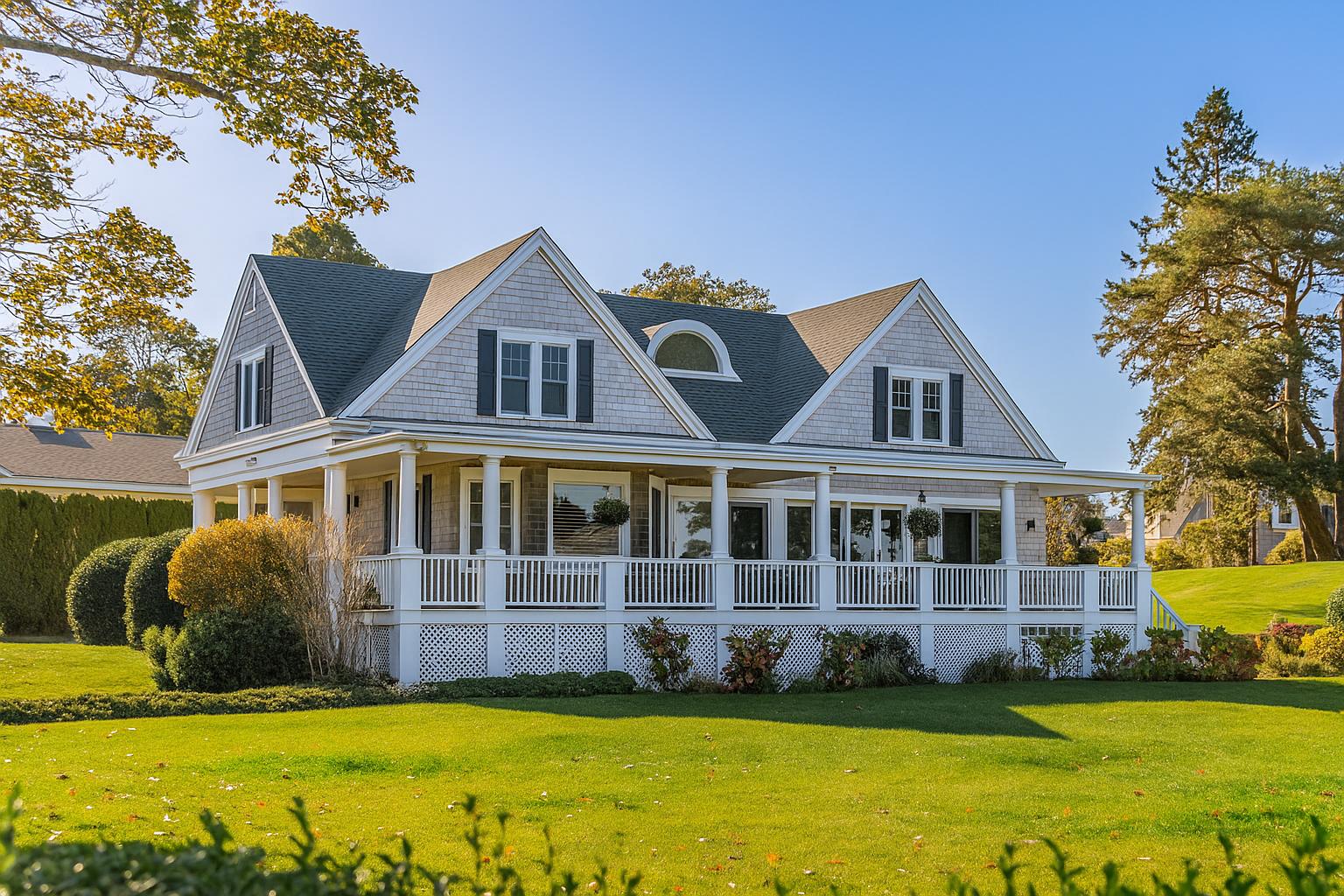
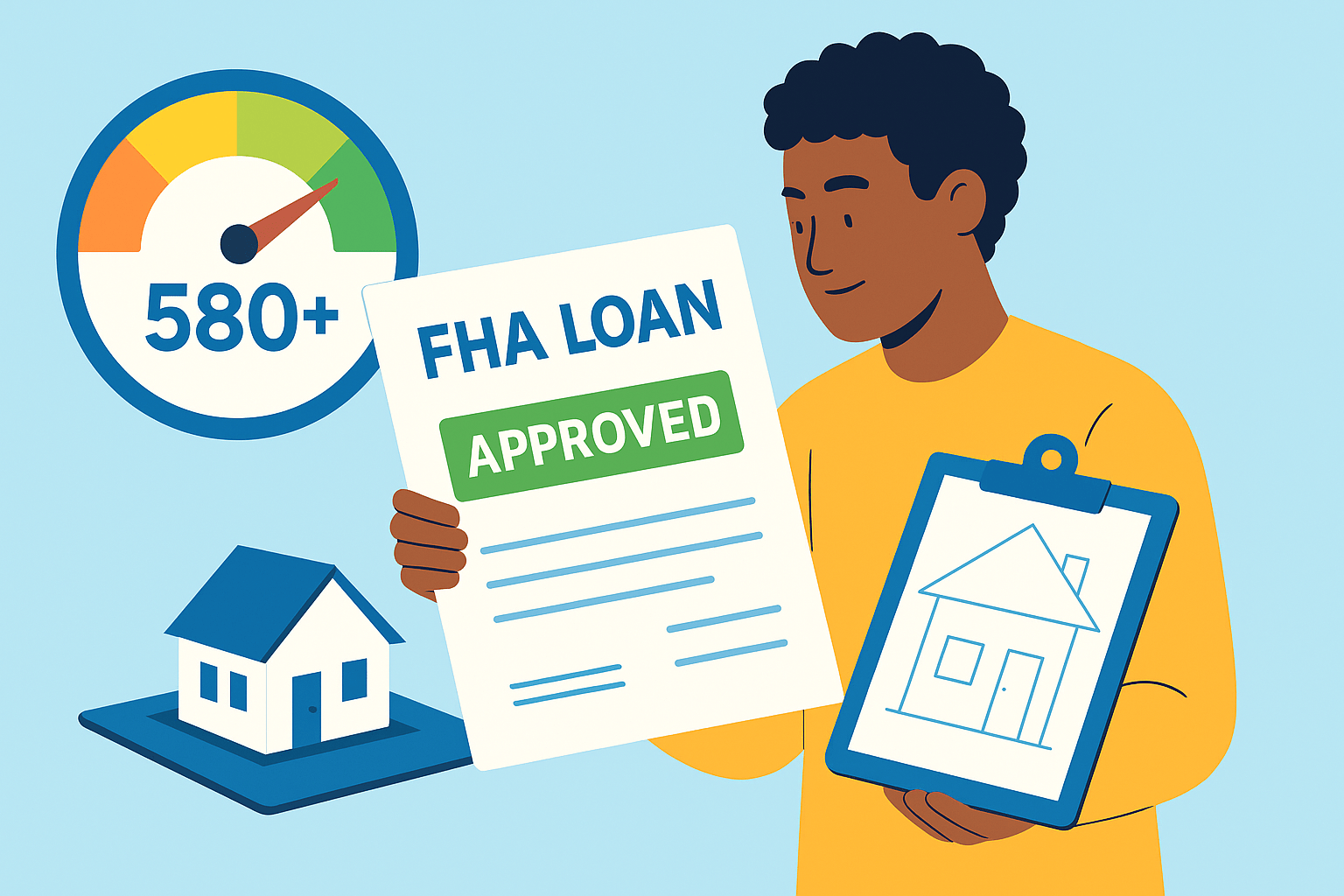
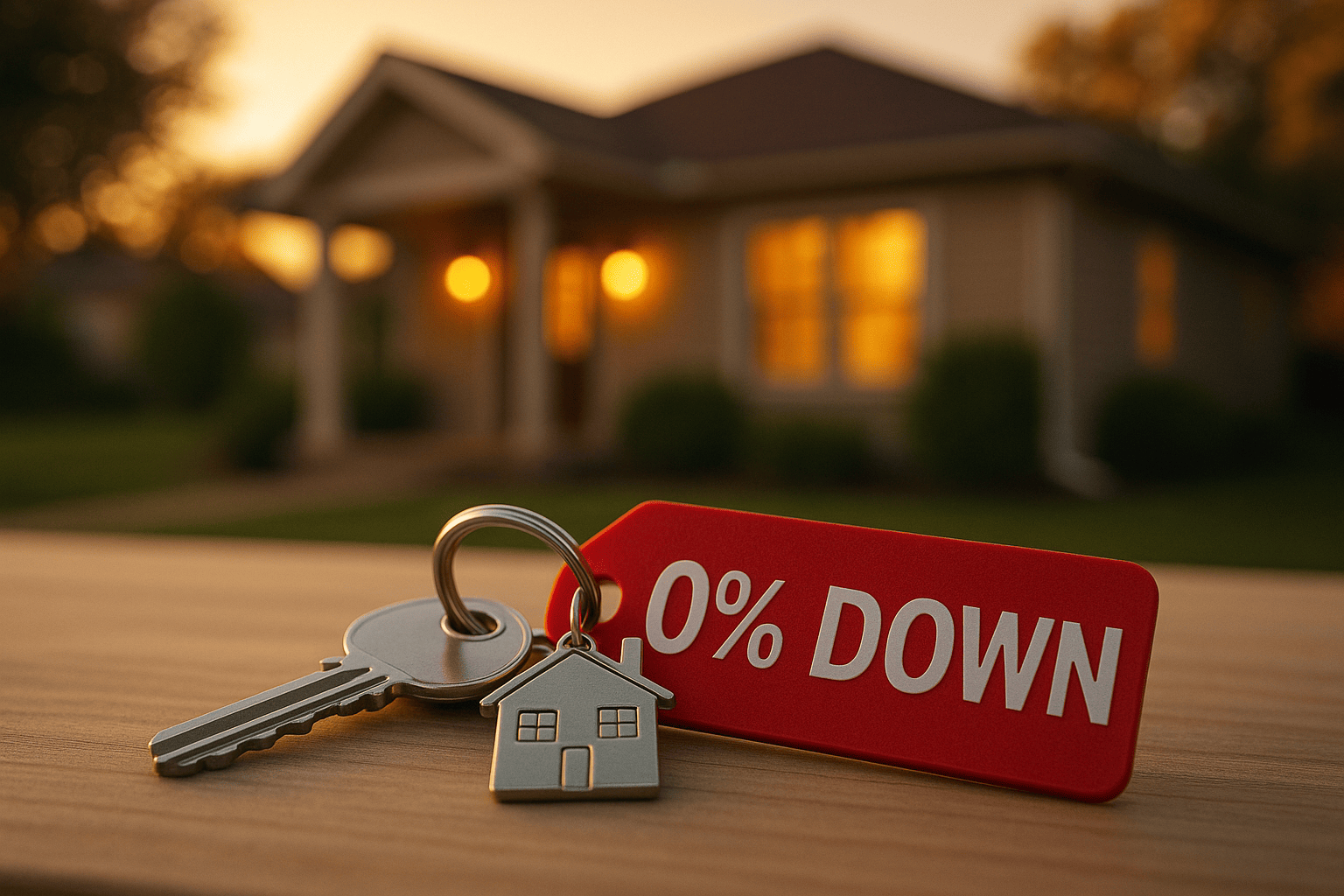

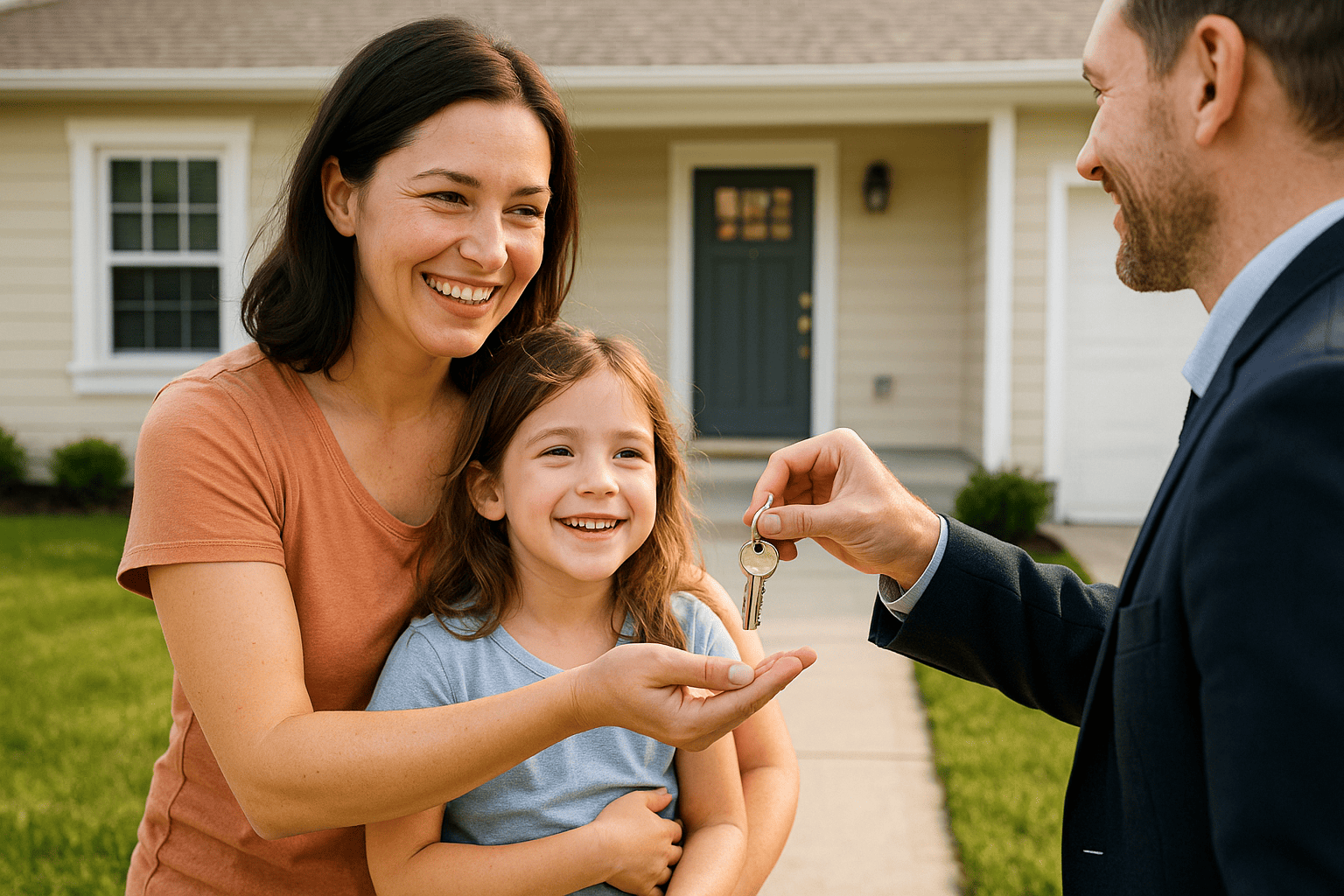


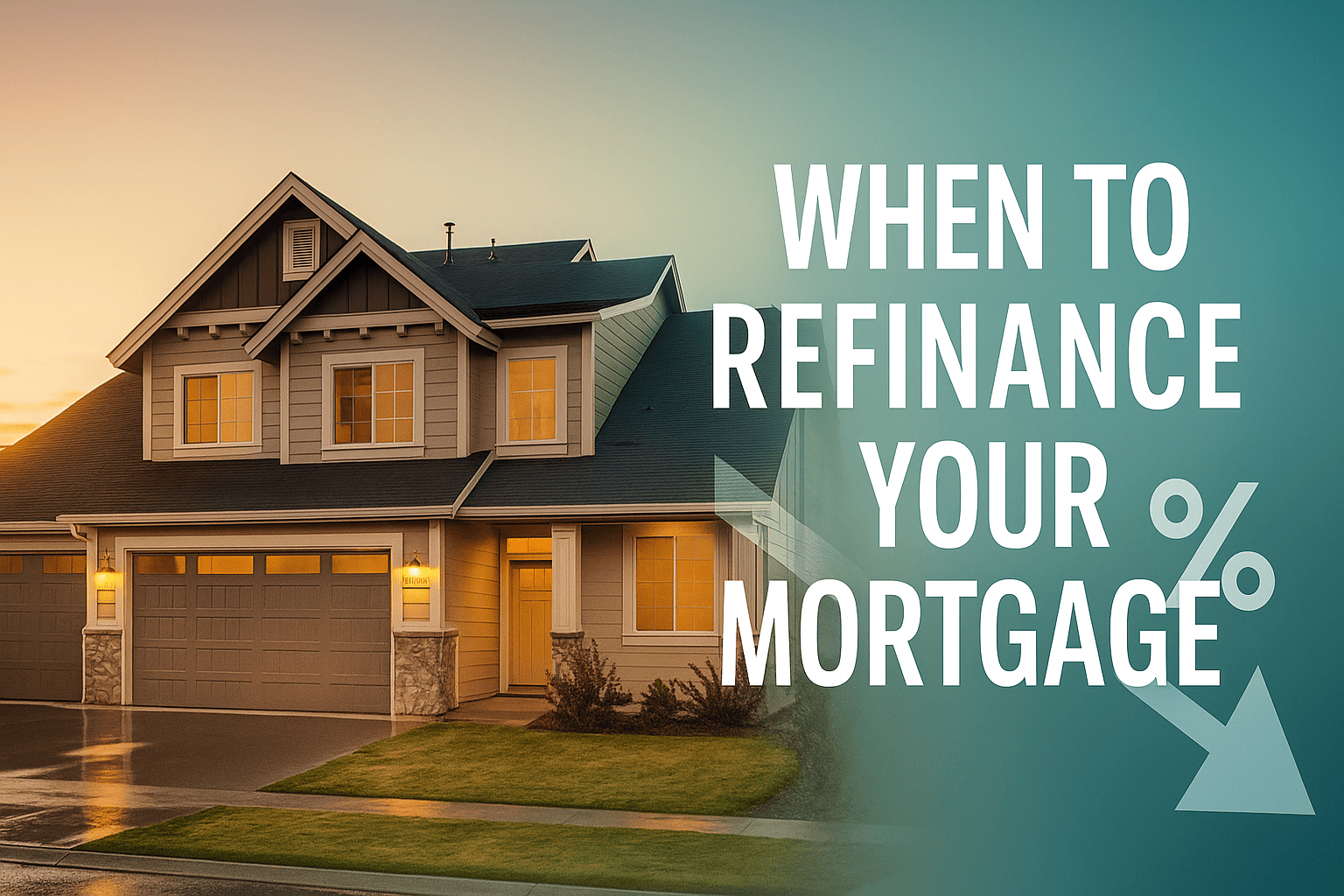
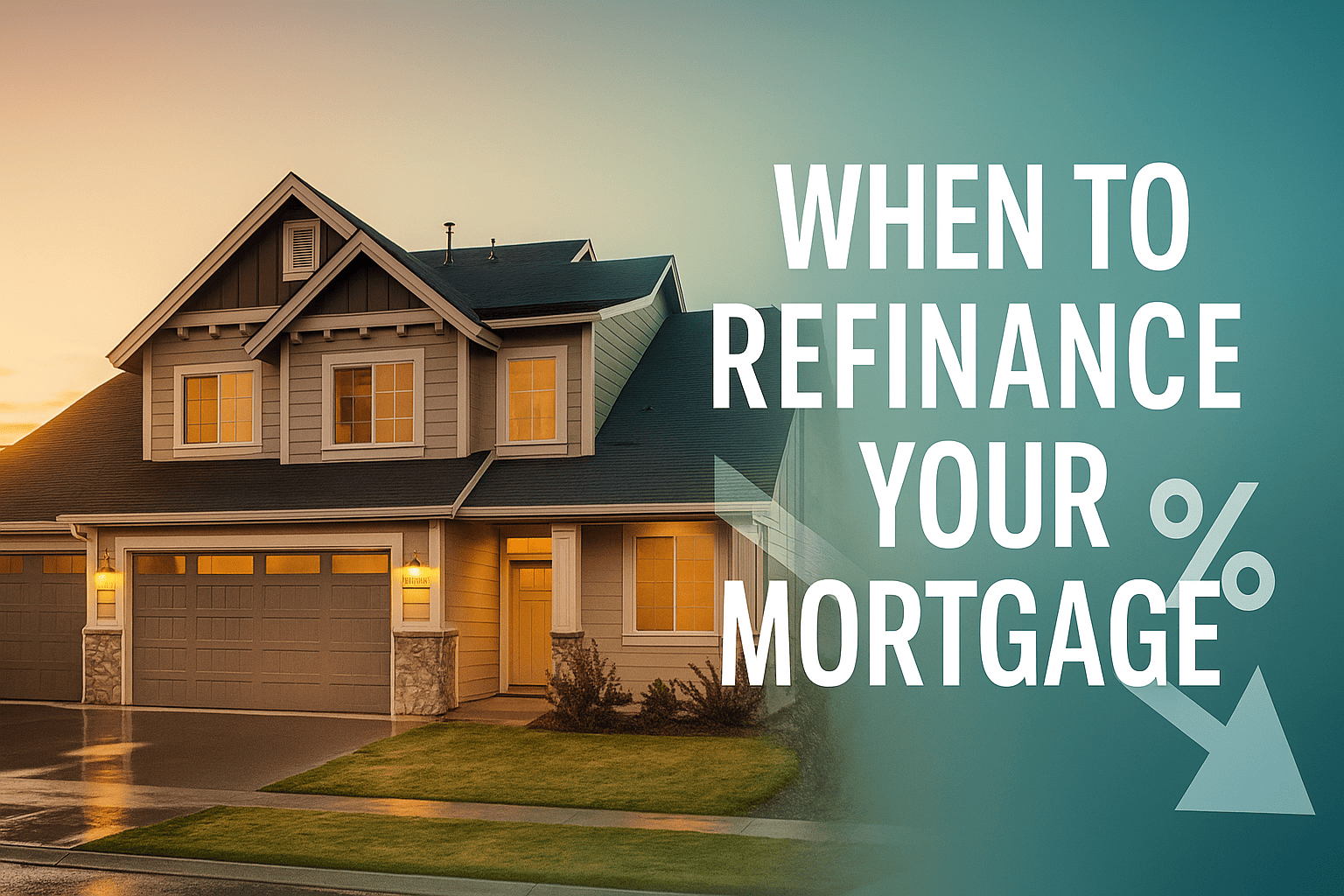


 Profile
Profile Password
Password Saved Properties
Saved Properties Sign Out
Sign Out
 +0.01
+0.01
 -0.15
-0.15

